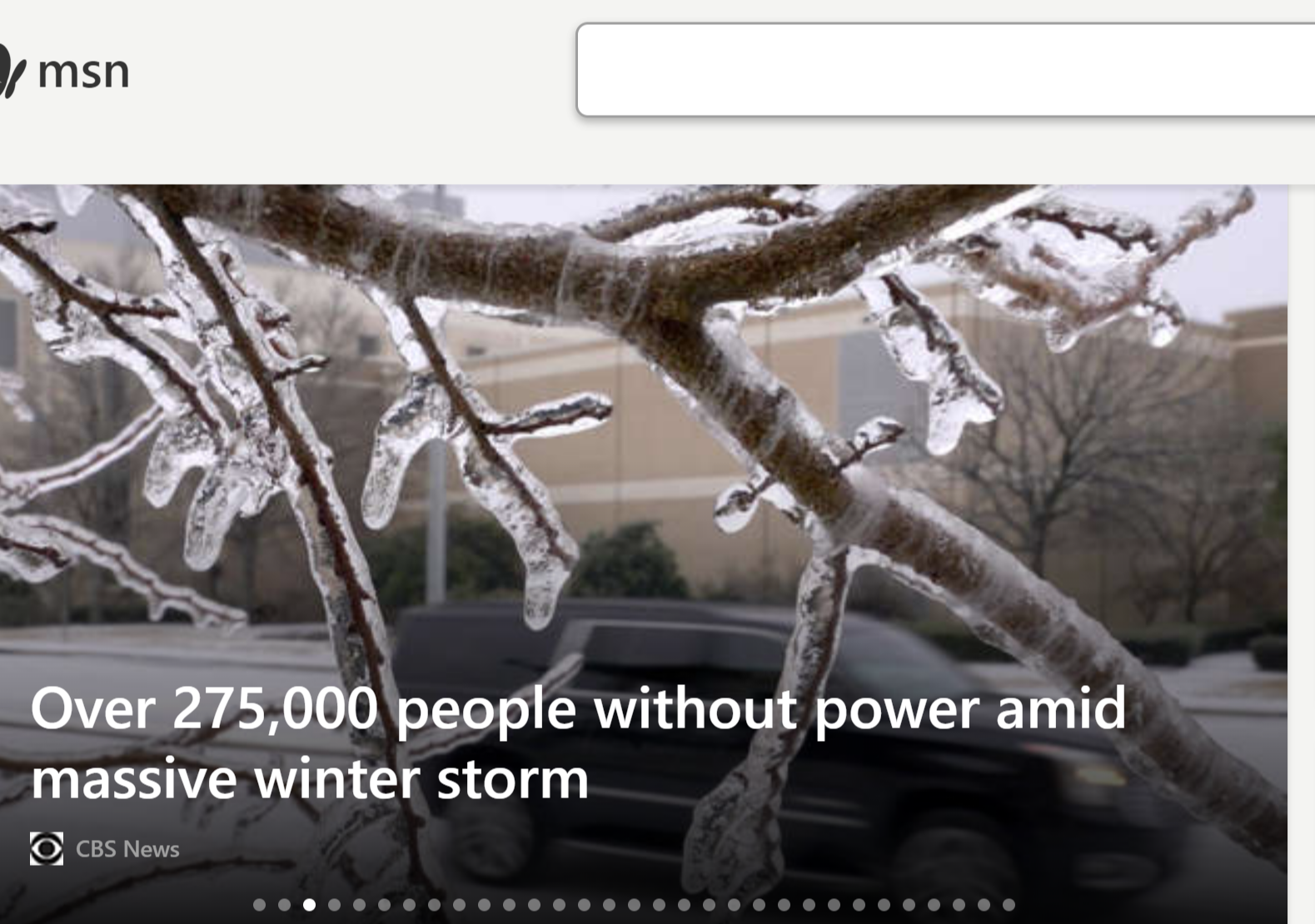Gmail’s advanced search capabilities help a person to find precisely what he or she is looking for. This is done using search operators.
These search operators are specified features, characters, and parameters that allow a person to fine-tune a search.
Gmail’s robust search features are quite user-friendly given the vast amount of storage Gmail offers. On searching for emails or messages, these operators can be utilized in streamlining the search by parameters such as date range, subject line, sender, recipient, and many others.
GMAIL SEARCH OPTIONS
Gmail offers lots of keyboard shortcuts. One would have to type the forward slash on the keyboard to get to Gmail’s search bar in an instant.
When a simple search yields too many results or not the ones needed, a person can specify criteria for narrowing the results. This can be achieved through the mastery and use of the following parameters:
- Search for senders email address and names using the “from” field
- Search email subjects with the subject field
- Search body text using the “Has the words” field
- Search recipients names and addresses using the “To field”
- Check “Has attachment” to find only emails that include attached files
- Search for emails that do not contain certain words in their text using the “Doesn’t have” field
- Specify a sent date using the “Date Within” fields
Click search at the bottom of this panel to perform the search using the criteria you have chosen
GMAIL SEARCH OPERATORS
In the search mail field, the following operators can be both in Gmail windows and in the advanced search windows:
- Subject- searches the subject line
- From- searches for sender name and email addresses
- To- searches for the To line for most names and addresses
- Cc- searches for recipients in the Cc field
- Bcc- searches for addresses and names in the bcc field
- Label- searches for messages assigned a label. When using this, replace whitespace characters in label names with hyphens
- Filename- searches within filenames of attachments
- Is: Chat- searches for chat logs
- Is: Unread, Is: read and Is: Important- find messages marked as such for primary inbox
- In- searches in the folder specified such as Drafts, Chats, Sent, Inbox, Trash, and Spam
- After- finds messages sent on or after a date
- Before- searches for messages sent before a date
- Larger- finds emails exceeding a size you specify. Bytes is the default measurement
- Size- searches for messages exceeding the given size in bytes
- Smaller- searches for messages smaller than the specified size in bytes
- Has: attachment- searches for messages attached to them
- Has: user labels- searches for emails that have any labels except those used by default
- Delivered to- searches for an email with the specified email address in a “Delivered-To” line


